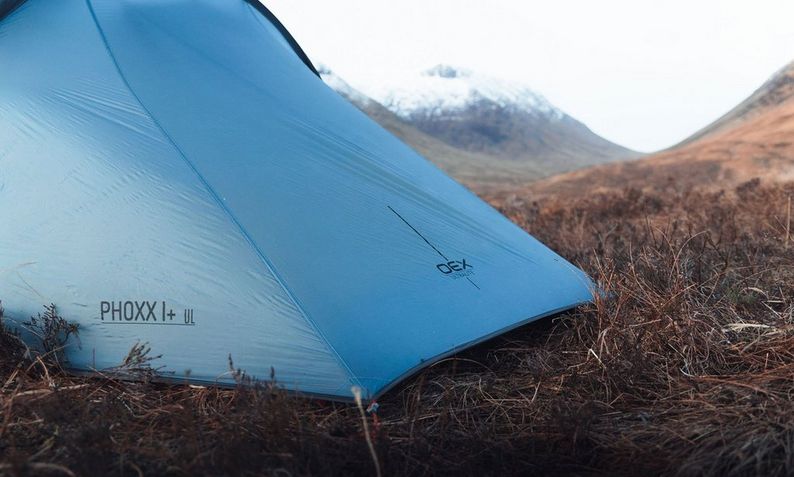Baffled by insulation? When it comes to picking a new insulated jacket for the cold weather, you want to know what’s keeping you warm, right? Whether you want natural or synthetic, men's insulated jackets, women's insulated jackets, or even sleeping bags, we’re here to give you an overview of all things insulation.

Let’s get 'down' to it.
Let’s start with the basics… what is down? It’s a common misconception that down is feathers, when really it’s the fluffy plumage beneath the duck or goose feathers that you’ll find inside your jacket or sleeping bag. Down is a natural insulator, it works through trapping air in the clusters (fluffy stuff) to keep you warm.
When getting to the nitty gritty of each jacket, you’ll see a down-to-feather ratio and a fill power. The down-to-feather ratio is pretty straight forward. A 90/10 ratio means that the product is 90% down (remember – down is the fluffy stuff) and 10% feather. This is the science behind any down-to-feather ratio you see, the higher the down percentage, the warmer it will be.
So, fill power? This is essentially the level of warmth retention, and is measured by how many cubic inches one ounce of down can loft at its maximum. Lofting is how fluffy the down clusters are, and therefore how much air can be trapped. This means the higher the fill power, the warmer something will be. You’ll find the fill power information on your garment, or sleeping bag. A typical down jacket can begin around 550 fill power (or FP) and go up to 800+ for serious mountainwear.

Duck vs. Goose Down
The two types of real down you’ll find are duck and goose. There are slight differences between the two. Goose down generally comes in larger clusters than duck down so is instantly warmer and more robust. However, duck down is more widely used and therefore more affordable when you’re purchasing a jacket.
Down vs. Synthetic Insulation
Synthetic insulation is becoming increasingly common and puts up a good fight when competing against natural down. The main difference between synthetic and down is how it copes when it gets wet. Unless real down is hydrophobic (treated to ensure it is water repellent), then it will clump together, meaning it can’t loft or retain heat. Synthetic down is often treated to cope better with damp conditions. Where real down reigns supreme is in its weight and compressibility. Synthetic insulation is usually heavier and won’t pack down as small.
 Berghaus' Hydrodown technology vs. untreated down
Berghaus' Hydrodown technology vs. untreated down
Ethically Sourced Down
Most brands now adhere to some form of ethical responsibility when sourcing their down. This makes sure that animals aren’t subject to any unnecessary harm. You’ll find a number of bodies that have methods of certifying that down is ethically sourced.
RDS Certified Down
With the help of welfare groups, brands, industry experts and retailers, the RDS was developed over a three-year period. To be certified by the RDS, each link in a down supply chain must be certified by a third party. This ensures that the factories and companies adhere to the level of animal welfare set out by the Standard. The Certification Body also checks that the materials used are identified and are kept apart from non-certified products.
You’ll see RDS working with brands such as The North Face, Jack Wolfskin and Berghaus (to name just a few).
Allied Feather and Down & bluesign® Approval
‘Allied Feather and Down’ are also RDS-certified. Allied supply down to numerous outdoor brands, amongst other uses. They are both RDS Certified and bluesign® approved. In order to achieve bluesign® approval, companies are required to meet five factors; resource productivity, consumer safety, air emissions, water emissions, and occupational health and safety.

The Down Codex
From 2012, Mountain Equipment adhere to a standard they call ‘The Down Codex’. The Down Codex only use goose or duck down generated as a by-product of the meat industry (and has been killed humanely). The birds have not been force-fed or live-plucked, and have been raised in good conditions. Each product’s label comes with a 12-digit code. You can enter this on the Mountain Equipment website to find out more about the source of the down.
Next Steps?
As we look to what's heating up in the world of insulation, it’s clear to see that eco-friendly, sustainable technology is on the rise. With new season offerings like the synthetic and 100% recycled ThermoBall ECO from The North Face, it’s easy to choose the right insulation without, worrying about your carbon footprint.


